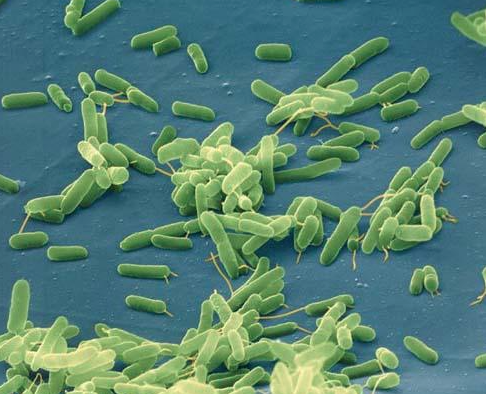New Scientist
Image: cesarharada.com
Is evolution possible without reproduction? Bacteria living hundreds of metres below the seafloor carry more genetic changes than their peers nearer the surface – even though the deep microbes are unlikely to reproduce and undergo natural selection in its traditional sense.Is evolution possible without reproduction? Bacteria living hundreds of metres below the seafloor carry more genetic changes than their peers nearer the surface – even though the deep microbes are unlikely to reproduce and undergo natural selection in its traditional sense.
Investigations over the last 30 years have revealed that life exists several kilometres below both the land surface and the seafloor. Or, perhaps more accurately, life endures: nutrient levels drop off so rapidly with depth that the microbes can barely function at all. In fact, the cells show so few signs of life that it wasn’t until 2011 that researchers confirmed that microbes in sediments below the seafloor are, indeed, living.
To find out more about how they manage to survive, Brandon Briggs at Miami University in Oxford, Ohio, and Frederick Colwell at Oregon State University in Corvallis have sequenced and compared genomes belonging to one particular class of deep life – Firmicutes bacteria – sampled 21, 40 and 554 metres below the floor of the Andaman Sea, west of Thailand. The sediments from 554 metres were dated to 8.76 million years old.
The results show – for the first time, Briggs thinks – that the bacterial genomes change with depth: the micro-organisms at 554 metres carry more mutations in genes that code for energy-related processes like cell division and biosynthesis of amino acids than are seen in their shallower counterparts. Read more on newscientist.com…








